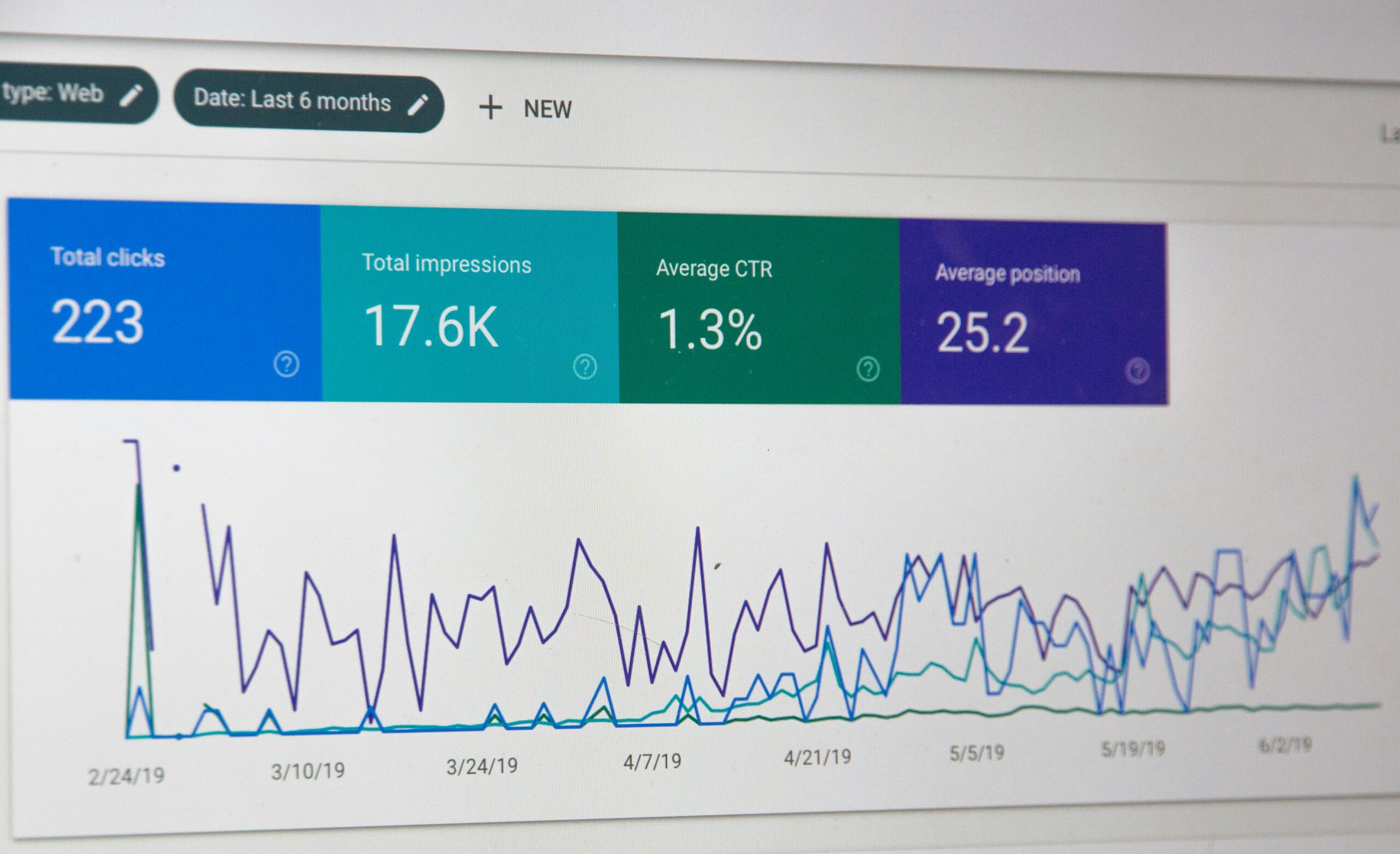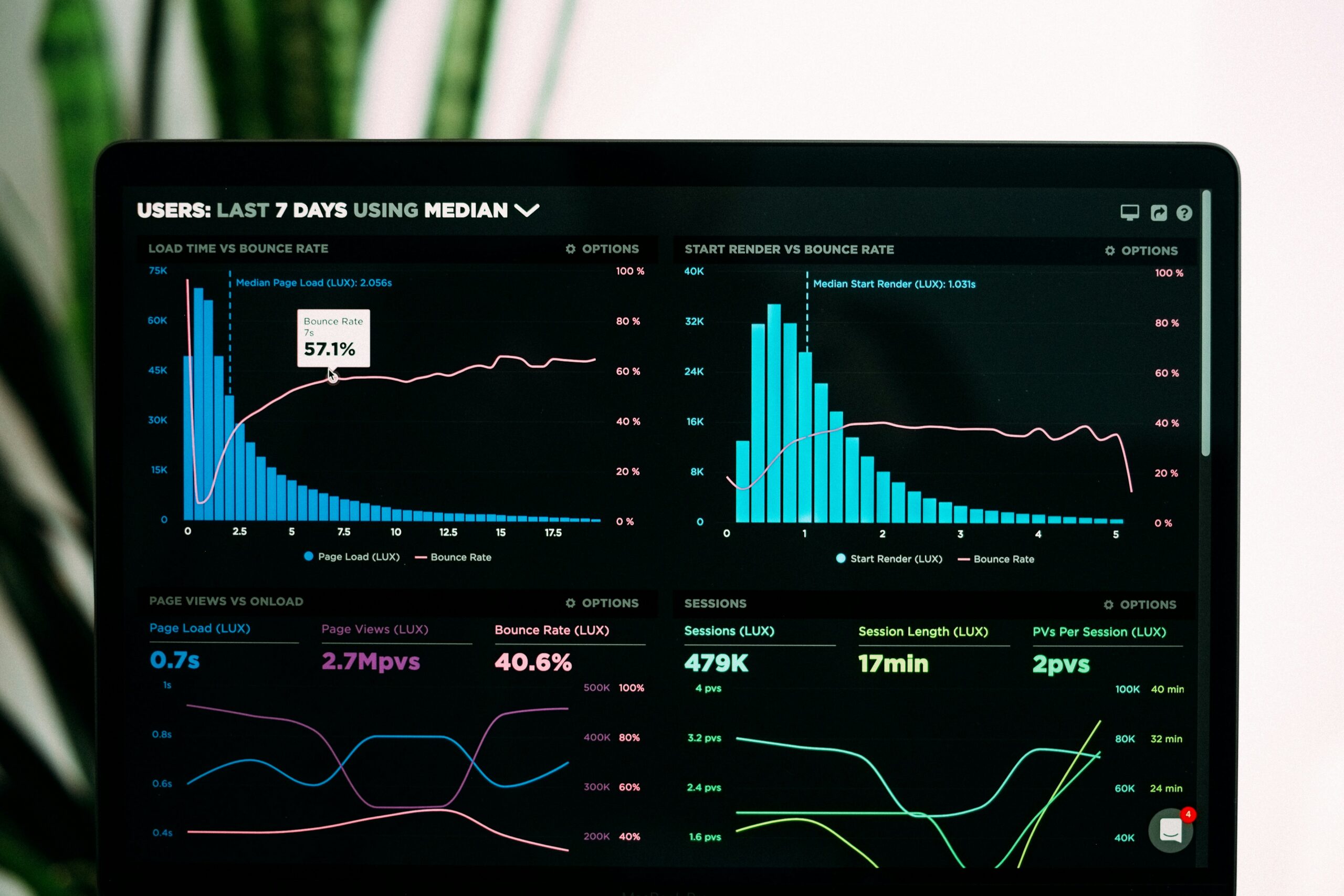Sales funnels are the cornerstone of modern marketing, guiding potential customers from awareness to conversion. This article explains what a sales funnel is, why it is important, and methods to enhance its performance. Businesses can improve lead generation, conversion rates, and revenue by using proven strategies, data-driven techniques, and the latest trends.
Key Takeaways
- A well-defined sales funnel takes customers from initial interest to purchase.
- Data-driven optimization improves conversion rates at every stage.
- Effective lead generation and nurturing attract and retain high-quality prospects.
- Advanced CRM and marketing automation tools streamline funnel management.
- Continuous monitoring and real-world examples help sustain funnel performance.
How Can You Attract and Capture Qualified Leads Effectively?

Lead generation is the first step in moving prospects into your sales funnel. Strategies must not only attract attention but also target the right audiences. High-quality leads are more likely to convert and stay loyal. To capture them, use a mix of content, targeting, and strong CTAs. The right approach builds a steady stream of engaged prospects.
What Are the Best Lead Generation Strategies for Sales Funnels?
Successful lead generation combines organic and paid tactics to attract quality prospects. Content marketing builds trust through informative resources like blog posts and guides. SEO ensures visibility in search engines for keywords tied to customer intent. Paid ads drive targeted traffic through precise audience filters. Social media platforms expand brand reach and engagement. Referral programs help encourage word-of-mouth acquisition. Webinars and events offer interactive lead capture points. Each strategy must align with audience behavior and funnel goals.
How Do Lead Capture Techniques Improve Funnel Conversion?
Lead capture techniques turn interest into action by simplifying the first point of engagement. Optimized landing pages focus on one message and one action, reducing confusion. Clear, bold call-to-action buttons improve click-through rates. Forms with minimal fields encourage completions without overwhelming users. Exit-intent popups recover abandoning visitors with relevant offers. Interactive content like quizzes gathers useful data while providing value. Lead magnets such as downloadable resources offer immediate incentive. These tools convert traffic into actionable leads effectively.
What Are Effective Lead Nurturing Strategies to Boost Sales?
Lead nurturing builds trust and keeps prospects engaged throughout the funnel. Automated email sequences deliver timely, relevant information to guide decisions. Personalization based on user behavior enhances engagement. Educational content highlights product benefits without a hard sell. Retargeting campaigns reconnect with users who’ve interacted but not converted. Behavior-based triggers deliver custom messages based on the funnel stage. Live chat and support tools answer questions in real time. Consistent communication strengthens brand confidence and purchase readiness.
How to Optimize Conversion Rates Using Data-Driven Techniques?

Data turns assumptions into proven insights that drive meaningful results. By testing changes and tracking user behavior, marketers improve performance. Every element—buttons, forms, layout—can be optimized with data. This ensures the funnel evolves based on user feedback. Data-backed updates boost conversion rates at every stage.
What Is A/B Testing and How Does It Improve Sales Funnels?
A/B testing allows marketers to refine each funnel stage by comparing two versions of a page or asset. Small changes—like button color, copy, or layout—can create a significant impact. It helps identify what resonates most with visitors. The process relies on performance metrics like click-through and conversion rates. Tests must be run long enough to ensure valid results. Winning elements are then adopted sitewide. A/B testing supports continuous optimization through data. Each test brings insights that improve outcomes.
How to Set Up and Analyze A/B Tests for Maximum Impact?
Begin by selecting a clear objective, such as improving email signups or landing page conversions. Choose one variable to test at a time—like headlines, imagery, or CTAs—for accurate measurement. Segment audiences to ensure clean comparison. Run the test until statistical significance is achieved to avoid false positives. Use tracking tools to monitor engagement in real time. Document outcomes for future campaigns. Apply learnings across similar funnel stages. This disciplined approach maximizes test value and impact.
What Landing Page Optimization Techniques Increase Conversions?
Landing pages should prioritize clarity, speed, and action. Simplified layouts reduce distraction and guide user flow. Mobile responsiveness ensures accessibility across devices. Headlines must be strong, relevant, and aligned with visitor intent. CTAs should be visually distinct and easy to find. Social proof—such as reviews or ratings—reinforces credibility. Visual hierarchy directs attention to the most important elements. Trust badges and guarantees reduce hesitancy. Combined, these elements create high-performing pages.
How Does Website Usability Affect Sales Funnel Success?
A smooth user experience keeps prospects moving through the funnel without resistance. Fast-loading pages reduce drop-offs caused by wait times. Clear navigation makes it easy to find information. Consistent branding and layout build familiarity and trust. Interactive elements like sliders or toggles enhance engagement. Accessibility features expand reach and usability for all visitors. Feedback cues—like form validation or confirmation messages—boost confidence. Error-free forms and logical flow reduce friction. Overall, usability directly improves conversion rates.
Which Tools and Technologies Enhance Sales Funnel Performance?

Advanced tools simplify how you manage, automate, and analyze the funnel. From CRMs to automation platforms, they improve speed and precision. These systems track user behavior and trigger personalized workflows. Choosing the right stack enhances marketing efficiency. Well-integrated tools support scalable, high-performing funnels.
What Are the Best CRM Systems for Sales Funnel Management?
CRM systems streamline how businesses manage leads through the funnel. They centralize customer data and communication history for clear visibility. Lead scoring helps prioritize outreach based on engagement and behavior. Automated follow-ups keep prospects moving without manual effort. Integrated pipelines show real-time funnel stages for accurate forecasting. CRMs also segment audiences for targeted messaging. Reporting dashboards provide insights for refinement. These tools ensure consistent nurturing and higher conversion efficiency.
How Do Marketing Automation Platforms Streamline Sales Funnels?
Marketing automation eliminates repetitive tasks and enhances lead engagement. Automated email sequences guide prospects through each funnel stage. Behavioral triggers deliver the right message at the right time. Segmentation helps send content tailored to specific needs. Integration with CRM tools creates a seamless handoff from marketing to sales. Lead scoring identifies high-intent prospects for faster follow-up. Personalization boosts relevance and response rates. Overall, automation frees teams to focus on strategy and growth.
What Sales Funnel Analytics Tools Provide Actionable Insights?
Analytics tools track how users move through the funnel and where they drop off. Metrics like session duration, bounce rate, and conversion rate offer performance clues. Visualization tools break down the funnel stage-by-stage for easy analysis. Behavior tracking reveals which actions lead to conversions. Traffic sources help determine where high-quality leads originate. Integrations with other platforms improve data accuracy. Real-time dashboards enable quick responses to trends. These insights help refine each step of the funnel.
How to Continuously Monitor and Improve Your Sales Funnel Results?

Sales funnels need regular evaluation to stay effective. Customer behavior, tech trends, and market shifts require ongoing tweaks. Monitoring key metrics helps detect drop-offs and friction points. Regular optimization ensures long-term funnel performance. This cycle of review and refinement maximizes return on effort.
What Key Performance Indicators Should You Track Regularly?
Conversion rate is a top metric that reflects funnel efficiency. Cost per lead tracks budget effectiveness. Average time spent per funnel stage highlights friction points. Bounce rate indicates issues with engagement or usability. Customer lifetime value reflects the overall quality of leads. Funnel velocity shows how fast prospects move toward purchase. Exit rates reveal where users lose interest. Monitoring these KPIs helps guide strategic changes.
How Can Internal Linking and Content Clustering Boost Funnel SEO?
Internal linking improves navigation and distributes page authority. Grouping related content under themed clusters boosts topic relevance. Links guide users deeper into the funnel by connecting related resources. Structured navigation supports better search engine indexing. Funnel pages rank higher when tied to cornerstone content. Longer session durations support SEO and engagement. Clear paths increase conversion opportunities. This structure blends organic traffic with strong user flow.
What Tools Help Monitor Keyword Rankings and Conversion Rates?
SEO and analytics tools show how keywords drive funnel traffic. Rank tracking reveals visibility improvements or declines. Conversion tracking ties search queries to lead generation. Keyword difficulty scores help prioritize efforts. Integrating keyword data with funnel analytics sharpens content focus. Reporting tools surface underperforming assets. Alerts help teams act on ranking shifts quickly. These insights align SEO with conversion outcomes.
What Are the Latest Trends and Best Practices in Sales Funnel Optimization?

Staying current with funnel trends helps you outperform competitors. Innovations in automation, UX, and personalization change how funnels convert. Mobile-first design and AI-driven targeting are now essentials. Best practices evolve as user expectations shift. Adopting trends early keeps your funnel sharp and effective.
How Does Personalization Enhance Sales Funnel Effectiveness?
Personalization aligns content with each user’s intent and behavior. Dynamic landing pages increase relevance and action rates. Email sequences that adapt to engagement build stronger connections. On-site recommendations keep visitors exploring. Behavioral triggers guide users at each funnel stage. Customized CTAs improve click-through performance. Personalization reduces bounce and increases retention. Tailoring content boosts results across the funnel journey.
Why Is Mobile Optimization Critical for Sales Funnel Success?
A mobile-friendly funnel ensures usability for the majority of visitors. Responsive design adjusts the layout for small screens. Fast load times reduce abandonment before content is viewed. Simplified navigation supports faster decisions. Mobile forms should be short and easy to complete. CTAs must be clear and tap-friendly. Cross-device syncing keeps funnel continuity intact. Mobile optimization protects performance in a mobile-first world.
How Is Data-Driven Decision Making Shaping Sales Funnel Strategies?
Data reveals exactly where users hesitate, convert, or exit. Real-time dashboards surface actionable trends. A/B testing confirms what actually works versus assumptions. Segmentation helps allocate effort toward high-impact groups. Behavioral tracking improves content placement and targeting. Forecasting models guide budget and resource distribution. Performance reviews ensure alignment with business goals. Data-led decisions turn funnels into predictable revenue systems.
Frequently Asked Questions
What is a sales funnel?
A sales funnel maps the customer journey from initial awareness to final purchase, breaking it into stages like interest, decision, and action. It helps marketers deliver targeted content, identify bottlenecks, and move leads efficiently toward conversion through structured engagement.
How does A/B testing improve a sales funnel?
A/B testing allows businesses to test different versions of emails, landing pages, or ads to see which performs better. This data-driven approach helps refine messaging, layout, and CTAs at each funnel stage—leading to steady, measurable improvements in conversion rates and user engagement.
Why is mobile optimization crucial for sales funnels?
With a large share of traffic coming from mobile devices, optimizing every funnel stage for smartphones and tablets is essential. Responsive design, fast load times, and mobile-friendly CTAs reduce friction, enhance usability, and ensure a consistent experience across channels.
What role do CRM systems play in sales funnel management?
CRM systems centralize customer data, track interactions, and enable automated follow-ups. Nurture Machine integrates with CRM platforms to help businesses score leads, personalize communication flows, and trigger automated lifecycle actions that align with each stage of the funnel.
How can personalization enhance sales funnel effectiveness?
Personalization improves funnel performance by aligning content and messaging with individual behaviors and preferences. Nurture Machine’s AI-powered personalization dynamically adjusts email, SMS, and web content based on real-time user behavior, increasing engagement and boosting conversions.
Conclusion
Optimizing sales funnels is a continuous process. By understanding each stage—from lead attraction to conversion—businesses can apply data-driven strategies for measurable improvements. Embracing advanced tools, personalization, and mobile optimization ensures that every lead is effectively nurtured and every conversion maximized in today’s competitive market.






